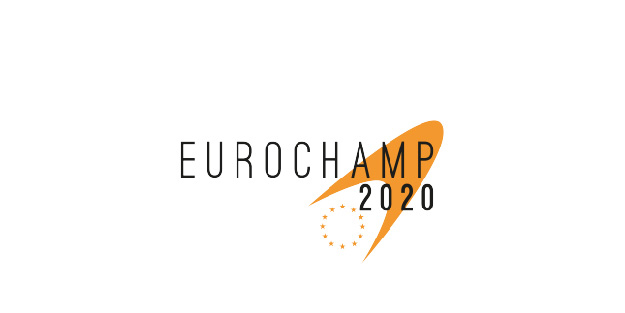EUROCHAMP collaboration with ENI, the Italian national oil company, to work on PM emissions from vehicular exhaust
Published: 21, January, 2021

In January ’20, a TNA project designed by University of Naples Federico II in collaboration with ENI (Ente Nazionale Idrocarburi), and hosted by the University of Eastern Finland (UEF), focused on determining the enhancement factor and of the size distribution for secondary PM, formed during atmospheric aging of gasoline vehicle exhaust. The experiments were carried on at the ILMARI simulation chamber.
The subject is based on recent studies that indicate that secondary particulate matter (PM) originating from vehicular exhaust can be significantly larger than primary PM. The effect of fuel characteristics and engine operating conditions on the formation of secondary aerosol is still not sufficiently investigated and understood. New fuel formulations may have unpredictable impacts on secondary PM formation. The objective of the project was to develop a procedure to assess characteristics of emissions from gasoline vehicles, and for testing the propensity of different gasoline fuels to generate secondary aerosols.
Further, the project aimed to characterise the chemical and physical properties of primary and secondary organic aerosols from gasoline vehicles.
To perform the experiments, a DI-gasoline Euro6b car was used as the emission source and operated by a ROTOTEST chassis dynamometer in different steady engine conditions, using gasoline fuels with different fuel formulations. The emission atmospheric aging processes were simulated in the ILMARI smog chamber by using UV lights (340 nm) and H2O2 to generate oxidants. The OH-radical exposures represented approximately four equivalent days of photochemical aging in atmosphere. Particle concentrations, size distribution and chemical compositions as well as VOC concentrations were measured with versatile online instrumentation to determine changes in particle concentrations and physic-chemical properties during aging.
The experiments were successful and the preliminary results indicate clear differences in the exhaust SOA-formation potential of different fuels. The results also contain valuable information on the SOA formation potential of gasoline exhaust from vehicles equipped with the latest exhaust after-treatment technologies. A more detailed analysis of the results will be carried out to investigate the propensity of different fuel formulations to form SOA pollution and to acquire more detailed analysis on how photochemical aging changes the physico-chemical characteristics of the exhaust aerosol particles.
The detailed description of work, as well as the preliminary results and conclusions can be found in the project’s report: https://www.eurochamp.org/Portals/55/Project/Documentation/TNA%20documents/User-scientific%20reports/TNA_User%20and%20Scientific%20Report_Napoli-Kuopio.pdf?ver=2020-03-10-162423-070



